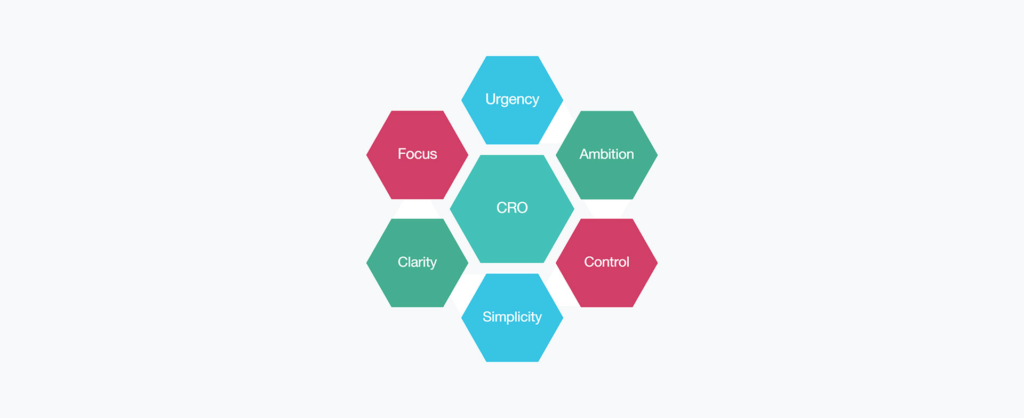The Top 6 Traits of Successful Chief Revenue Officers
I’ve spent considerable time working with private equity-backed businesses of all sizes and have come to view them as a key indicator of broader economic trends. Over the past 18 months to two years, one clear pattern has emerged: a significant decline in exits and sales due to high borrowing costs. This has shifted the focus towards maximizing value from existing operations and customer bases, fueling a surge in demand for Chief Revenue Officers (CROs). In fact, the CRO role is now the fastest-growing executive position in the U.S. and I believe it ranks as the fourth largest in the U.K. This week’s newsletter delves into the top six traits that define successful CROs, exploring why they are becoming indispensable in today’s business landscape.
Six Key Traits of Successful Chief Revenue Officers
The Chief Revenue Officer (CRO) has become a critical role in many organizations across a variety of industries. While responsibilities may vary slightly depending on the business, there is no doubt that the major imperative for the CRO is to accelerate revenue growth. But what sets apart successful CROs from the rest of the pack? Here are the six critical behaviors that differentiate the winners from the losers.
1. Urgency
Winning CROs have an inner determination to act and win now. They are highly alert to and positive about the opportunities that exist around them. They rid the team of complacency and ‘false urgency’ (see John Kotter’s “A Sense of Urgency”) while creating a sense of controlled panic. True urgency is communicated through proactive behavior but backed up by credible plans and reinforcing mechanisms, such as KPIs that mirror advertised goals.
2. Ambition
The lazy CRO will await her/his targets from Finance and cascade them down, perhaps adding a small stretch for cover. Truly ambitious and strategic CROs calculate the full potential of growth on an ‘outside-in’ basis – seeing the opportunity from their customer universe and applying some basic conversion assumptions. They ask, “What would it take to blow the doors off?” framing the opportunity and not falling into the trap of building goals based on the current headcount.
3. Control
Retaining, growing, and winning customers is a combination of science and art. As such, successful CROs ensure they have their finger on the pulse by deploying simple frameworks and mechanisms that reinforce revenue-accelerating priorities. And this control spans across the various silos that operate throughout the organization, minimizing conflict and promoting collaboration.
4. Simplicity
“Any fool can make something complicated,” to quote Sir Richard Branson. Many businesses become distracted by the complexity of their products, their pricing matrices, or their industry compliance issues. Simplicity is created by CROs who truly put the customer at the core of their business in such a way that it influences every business decision they make, the actions they take, and the goals they set and measure.
5. Clarity
The greatest CROs communicate a very clear ambition with simple, underpinning goals and create tools that allow them to easily track success. Their Revenue Operations resource proactively delivers topical insight (not data) that not only updates on performance but inspires real-time changes in direction and accelerates revenue growth. Their forecasts are based on ‘clean’, trustworthy information from well-disciplined front-line teams that generate confidence and credibility.
6. Focus
The best CROs have a laser focus on the few critical, customer-centric initiatives required to achieve their goals. They ruthlessly ditch other time-consuming, non-revenue-generating activities that seem to proliferate in every organization. They ‘walk the talk’ in support of customer-centric activities and measure specific, relevant metrics. And they are very intentional with the conversations they hold, however informal, while inspiring the teams in their organization.
FREE TOOL – Customer Attrition Risk Tool
This simple tool allows you to quickly assess the risks of customer churn across the 4 critical areas of Relationship, Commercial, Competitor and Operational risk. It promotes a pro-active approach to customer retention by providing an objective scoring mechanism within an easy to use, adaptable Excel sheet. I’ve created sets of questions by way of examples – you can adapt these to suit your own business!
Visit https://optilium.co.uk/free-tool/ to download…
CRO Revenue Growth Scorecard
Is customer attrition a weakness in your organization? Click hereto take the scorecard.
Any questions, contact me on: alan.crowther@optilium.co.uk
Join my 121 CRO mentoring program. Click here to book a free 30 minute mentoring taster call.


